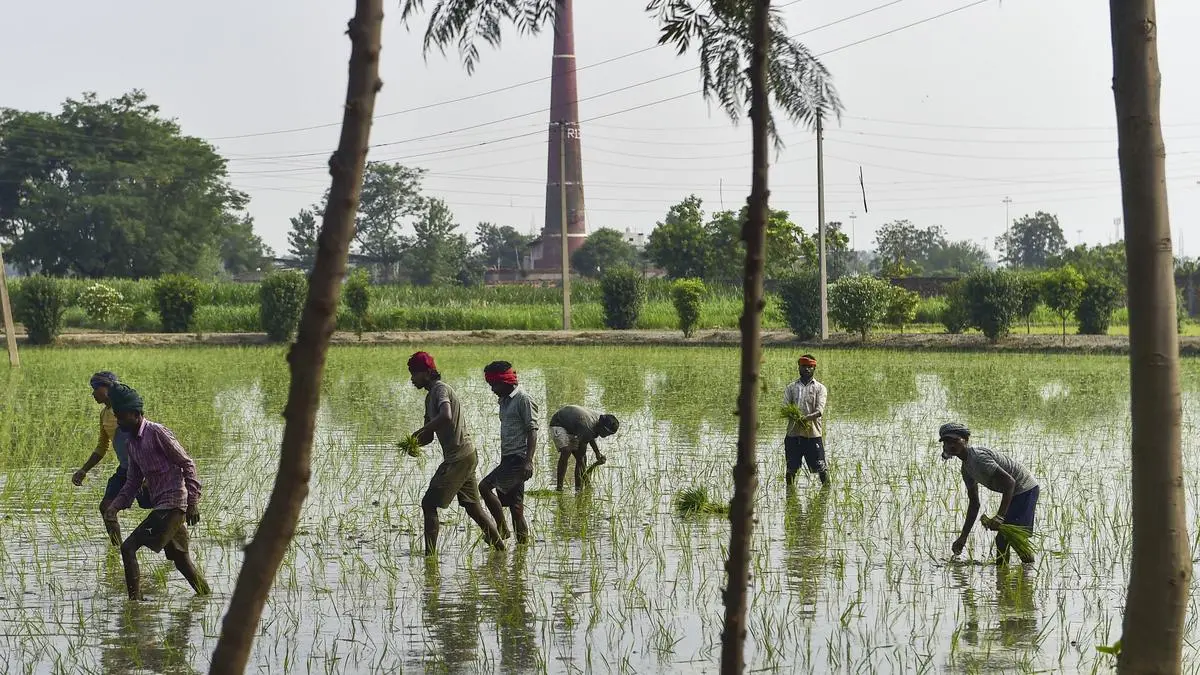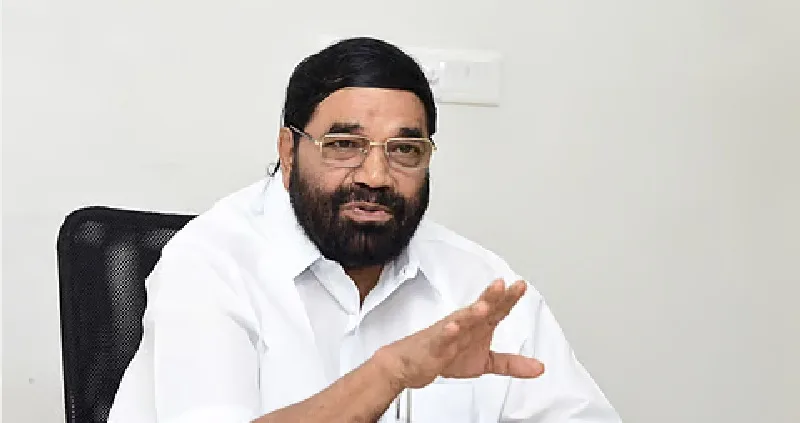Copyright thehindubusinessline

When unseasonal rains lashed parts of Maharashtra earlier this year, farmers watched helplessly as their crops wilted. Some had just recovered from a prolonged dry spell, while others were battling sudden outbreaks of whitefly and downy mildew. In Kashmir and Himachal Pradesh, apple farmers faced similar disruptions, while paddy farmers in Punjab struggled with erratic rainfall. These episodes are stark reminders of how unpredictable farming has become in the era of climate change. Across the globe, extreme weather and pest invasions are eroding farm incomes and threatening food security. The United Nations lists climate change as one of humanity’s gravest risks. According to the Food and Agriculture Organization (FAO), pests cause 20–40 per cent of global crop losses every year. As weather extremes intensify, agriculture is being pushed into new zones of vulnerability. Traditional farming wisdom—built on generations of observation—is no longer enough. Farmers today need foresight: the ability to anticipate threats before they strike. Thanks to artificial intelligence (AI) and predictive analytics, that foresight is within reach. Climate change is rewriting farming rules, as a warmer atmosphere drives both heavier downpours and prolonged droughts. The Intergovernmental Panel on Climate Change (IPCC) warns that such extremes are becoming more frequent and severe. Crops that once thrived in stable climates now face heat stress, irregular rainfall, and floods—all within a single season. Compound threat Pest behaviour is also shifting. Research in Science (Deutsch et al., 2018) shows that every 1°C rise in global temperature increases insect-driven yield losses in staples like wheat and maize by 10–25 per cent. Whiteflies, aphids, and fall armyworms are moving into previously safe regions, catching farmers unprepared. This combination of volatile weather and pest outbreaks creates a compound threat. Farmers lose not only yields but predictability—the foundation of agriculture itself. Imagine if a farmer knew two weeks in advance that a pest outbreak was likely. Instead of reacting after damage is visible, they could act early: spraying, deploying biological controls, or adjusting planting schedules. Or consider being able to anticipate hyperlocal weather shifts in advance, allowing precise timing of sowing, irrigation, and harvest. AI-powered systems make this possible. Machine learning models can generate early warnings by analyzing vast datasets—soil health, weather records, crop growth stages, and pest migration trends. Predictive analytics goes beyond describing the past; it prescribes what should be done next. Some promising applications include: Designed to simplify This transition from reactive to predictive farming represents a critical leap in resilience. Its impact is already visible. For example, grape growers in western India have managed powdery mildew outbreaks more effectively with early-warning systems. Rather than spraying indiscriminately, they act only when infection risk is high, reducing both losses and chemical costs while producing healthier crops. Importantly, predictive farming tools are designed to simplify, not complicate. Their power lies in translating complex analytics into clear, timely instructions that fit seamlessly into daily practice. Yet challenges remain. Data gaps—especially in pest surveillance—limit precision. Local calibration is essential to ensure models reflect ground realities. Affordability and accessibility also remain hurdles for smallholders, who make up the majority of India’s farmers. Despite these challenges, the direction is clear. Just as weather forecasting transformed disaster management, predictive agriculture can transform farming. By reducing losses, stabilizing incomes, and conserving resources, AI-enabled foresight could become the cornerstone of climate-resilient agriculture. History shows that farmers have always adapted to uncertainty. What is different today is the intensity and complexity of risks driven by climate change. Agriculture must evolve into systems that can withstand shocks and recover stronger. AI and predictive analytics offer that pathway. They cannot stop the rains or halt rising temperatures, but they can give farmers the foresight to prepare, adapt, and respond smarter. In tomorrow’s agriculture, resilience is not a luxury. It is the key to survival. The author is Co-founder Fyllo Published on October 19, 2025



